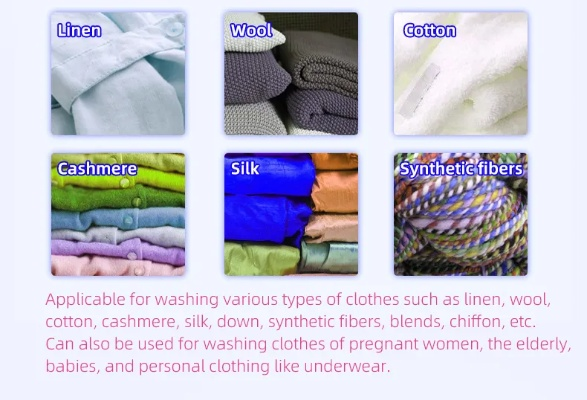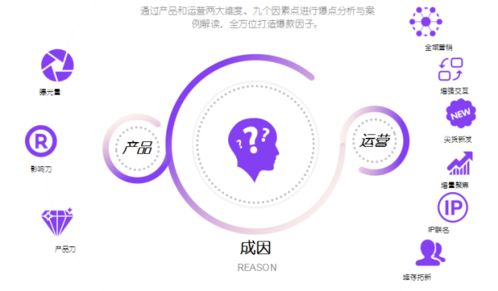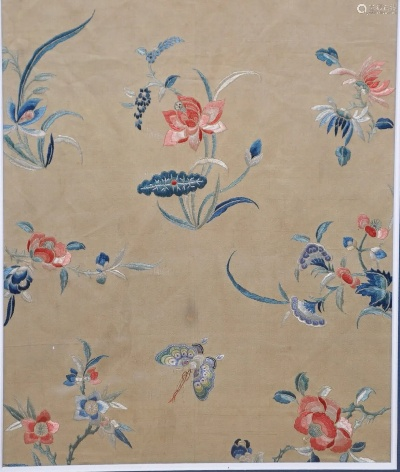Understanding the Classification of Lightbox Fabrics:A Comprehensive Guide
This comprehensive guide provides a detailed understanding of the classification of lightbox fabrics. Lightbox fabrics are used in various applications such as exhibitions, presentations, and events. The guide covers different types of lightbox fabrics, including translucent, opaque, and reflective fabrics, and their uses. It also discusses the factors that determine the choice of lightbox fabric, such as color, texture, and durability. Additionally, it provides tips on how to maintain and clean lightbox fabrics to ensure their longevity and effectiveness. Overall, this guide is a valuable resource for anyone looking to understand and choose the right lightbox fabric for their needs.
Introduction: Lightbox fabrics, also known as light-diffusing materials, are a crucial component in the design and manufacturing of display cases, backdrops, and other visually impactful applications. These fabrics play a pivotal role in enhancing the aesthetic appeal of products through their ability to control and direct light, creating a soft, even glow that enhances product visibility and contrast. In this guide, we will explore whether lightbox fabrics can be classified as textiles, examining their classification, properties, and applications.
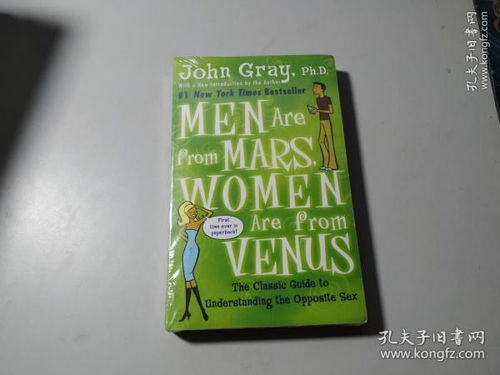
Classification: Lightbox fabrics can be broadly categorized into two main groups: woven and non-woven. Woven lightbox fabrics are made from threads that are interlaced in a pattern, resulting in a textured surface that absorbs and disperses light. Non-woven lightbox fabrics, on the other hand, are made from long, continuous fibers that do not have a defined pattern or texture. Both types are characterized by their ability to reflect and scatter light, providing a soft, uniform glow.
Properties: Lightbox fabrics are designed to withstand high levels of use and exposure to various environmental conditions. They are typically made from materials such as polyester, nylon, or polypropylene, which provide durability and resistance to wear and tear. Additionally, these fabrics are often treated with UV stabilizers and flame retardants to protect against damage from prolonged exposure to sunlight or fire.
Applications: Lightbox fabrics are used in a wide range of industries, including retail, hospitality, event planning, and entertainment. In retail, they are often used in store displays to create a warm, inviting atmosphere that draws customers in. In hospitality, they are used in hotel lobbies and conference rooms to create a calming environment that promotes relaxation. Event planners use them to create seamless backdrops for photo booths and stage setups. Entertainment venues like theaters and amusement parks use them to enhance the overall experience for guests.
Incorporating Lightbox Fabrics into Textiles: While lightbox fabrics may seem like traditional textiles, they are actually more closely related to the category of decorative materials. They are not considered textiles per se, but rather decorative elements that add a touch of elegance and sophistication to textiles. For example, a dress might incorporate lightbox fabrics as a trim or embellishment to enhance its overall appearance. Similarly, a tablecloth could feature lightbox fabrics as a decorative border or pattern.
Case Study: Consider the recent trend in fashion accessories where designers incorporate lightbox fabrics into their designs. For instance, a designer may use woven lightbox fabrics to create a soft, flowing skirt for a spring collection. The fabric's ability to diffuse light creates a subtle glow that adds depth and dimension to the garment. This type of use highlights how lightbox fabrics can be adapted and integrated into a variety of textile designs without altering their classification as textiles.
Conclusion: In conclusion, while lightbox fabrics are not traditional textiles, they are integral components that enhance the aesthetic appeal of textiles. They are characterized by their ability to control and disperse light, creating a soft glow that enhances the overall look of products. Their classification as textiles is somewhat misleading, as they are more accurately described as decorative materials that enhance the visual appeal of textiles. By understanding their classification and properties, designers and manufacturers can better utilize these fabrics in innovative and effective ways.
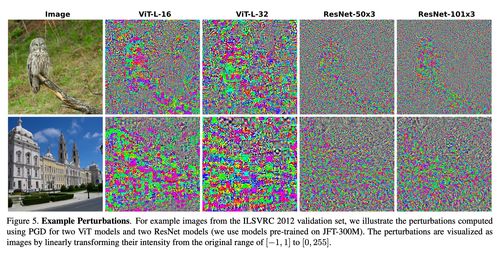
在今天的讨论中,我们将深入探讨灯箱布是否属于纺织品,为了更好地理解这个问题,我们可以从多个角度进行探讨。
背景知识介绍
纺织品是指由纤维材料制成的各种织物,包括但不限于布料、纱线等,灯箱布作为一种特殊的印刷材料,广泛应用于广告展示、展览展示等领域。
灯箱布与纺织品的区别
灯箱布与传统的纺织品在材料构成、用途和特性上存在明显的区别,传统的纺织品通常是由天然纤维如棉、麻等制成,具有柔软、透气、吸湿等特性,而灯箱布则是一种特殊的印刷材料,主要用于制作广告展示的背景板或装饰物,它通常具有较高的耐磨、耐光、耐腐蚀等特性,并且可以根据不同的设计需求进行定制。
灯箱布是否属于纺织品
根据上述分析,我们可以得出结论:灯箱布确实属于纺织品的一种,尽管它的材料构成和用途与传统的纺织品有所不同,但它们都属于纺织品的范畴,这是因为灯箱布作为一种印刷材料,其制作过程和特性与传统的纺织品在本质上没有太大的区别。
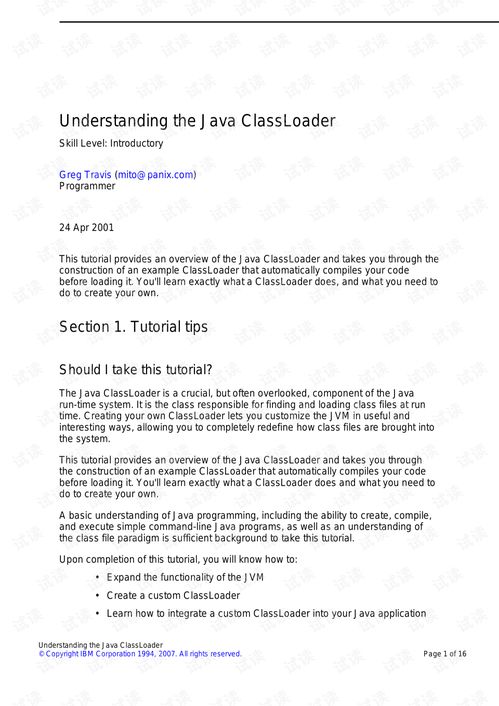
案例分析
为了进一步说明灯箱布是否属于纺织品,我们可以引用一个具体的英文案例。
某品牌广告公司使用灯箱布制作广告展示背景板,这个背景板采用了高质量的灯箱布材料,具有高耐磨、耐光、易清洁等特点,通过使用这种材料制作的广告展示背景板,该品牌成功地吸引了更多的客户和观众,提高了品牌知名度和曝光率。
灯箱布属于纺织品的一种,虽然它的材料构成和用途与传统的纺织品有所不同,但它们都属于纺织品的范畴,在广告展示、展览展示等领域中,灯箱布作为一种特殊的印刷材料,具有广泛的应用价值。
Articles related to the knowledge points of this article:
Functional Textiles in China:Advancements and Applications
The Magic of Small Stone Textiles in Fashion Advertising Video
